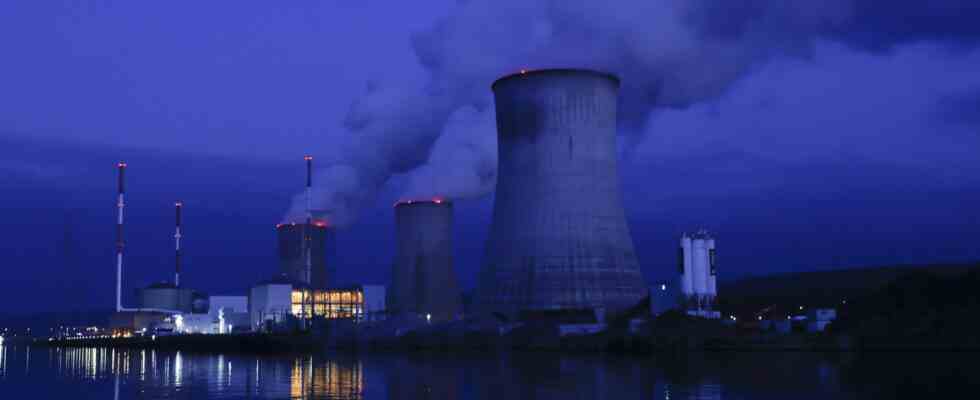Status: 02/01/2023 05:23
In Belgium, the country’s most controversial nuclear reactor finally shut down in the evening. After 40 years, unit two of the Tihange nuclear power plant near Liège was shut down at 10:45 p.m.
After 40 years of operation, the controversial Tihange 2 nuclear reactor near the German border in Belgium has finally gone offline. The kiln was switched off at 10.45 p.m. in the evening, as reported by the Belgian news agency Belga, citing the operator Engie Electrabel.
There are two other reactors in the nuclear power plant, which is about 60 kilometers from Aachen in North Rhine-Westphalia. Belgium also operates three other reactors at the Doel nuclear power plant near the city of Antwerp.
Germany calls for closures
In Germany there has long been criticism of the Belgian power plants from the 1970s and 80s. Several defects were found in the reactors in the neighboring country, such as dilapidated concrete parts. The city of Aachen and the federal government have therefore repeatedly called for the nuclear power plants to be shut down in the past.
The Doel 3 reactor had already been taken off the grid in September as part of the planned phase-out of nuclear power in Belgium. The next shutdowns are now scheduled for 2025.
Shutdown of all Belgian nuclear plants postponed
Federal Environment Minister Steffi Lemke (Greens) had welcomed the planned shutdown of Tihange 2 in the “Rheinische Post”. “The decommissioning ensures significantly more security in our two countries,” said the Green politician. Together with the reactor Doel 3, which was shut down in September, “the nuclear power plant made negative headlines for years due to cracks in the reactor pressure vessels and worried the population”.
The original plan was to take all Belgian nuclear power plants offline by 2025. Against the background of the Ukraine war and the increased energy prices, the Tihange 3 and Doel 4 reactors are now supposed to continue running until at least the end of 2035 in order to secure the energy supply.

